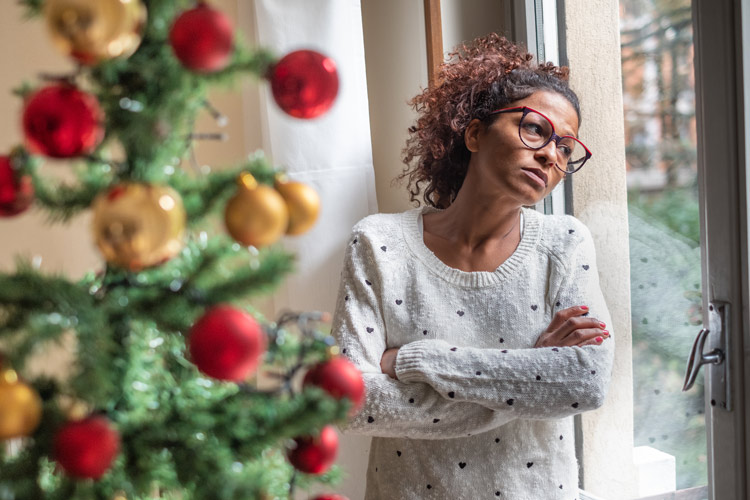 The Christmas carol may claim that “it’s the most wonderful time of the year,” but for the majority of people who struggle with Seasonal Affective Disorder (SAD), the winter months are anything but wonderful. While a small minority of people experience SAD in the spring or early summer, the bulk of sufferers struggle most during the cold, dark months of winter. You may have chalked up your feelings to “winter blues,” but if you are in recovery, it’s important to monitor your “blues” to ensure that they don’t develop into something more severe that could threaten your sobriety.
The Christmas carol may claim that “it’s the most wonderful time of the year,” but for the majority of people who struggle with Seasonal Affective Disorder (SAD), the winter months are anything but wonderful. While a small minority of people experience SAD in the spring or early summer, the bulk of sufferers struggle most during the cold, dark months of winter. You may have chalked up your feelings to “winter blues,” but if you are in recovery, it’s important to monitor your “blues” to ensure that they don’t develop into something more severe that could threaten your sobriety.
What Does SAD Look Like?
According to the Mayo Clinic, the following are common symptoms of SAD when they experienced several years in a row during the same part of the year.
- Feeling down, hopeless, worthless and/or guilty most of the day, on most days
- Disinterest in activities you used to love
- Low energy/sluggishness
- Changes in appetite, sleep or weight
- Irritability
- Lack of focus
- Thoughts of death or suicide
Some symptoms are more prevalent in the fall/winter version of SAD and others in the spring/summer version of SAD. Some individuals with SAD may experience more of these symptoms than others who suffer from the condition.
Causes
The exact causes of SAD are unknown, but contributing factors can include a person’s biological clock and levels of serotonin and melatonin. As reported by NPR in 2018, recent scientific studies have also found a new kind of photoreceptor in our eyes that could be connected to seasonal depression in the way it senses light and feeds data about that light to our brains. In some experiments, removing these receptors has seemingly cured depression.
Risks
A number of other factors can place a person at higher risk for developing SAD:
- Gender – women are more likely to be diagnosed than men
- Age – younger adults are more likely to be diagnosed than older adults
- Family History – having blood relatives who’ve experienced any form of depression
- Personal Mental Health History – having a history of major depression or bipolar disorder
- Distance from the Equator – living in areas that get less sunlight in the winter and more in the summer
Treatment
There are numerous treatment options for the winter blues. These include:
- Light therapy – also called phototherapy, this includes using a special light box to expose the person to bright light within the first hour after they wake up each day. The light mimics outdoor light and works to change the specific brain chemicals that could be triggering SAD
- Medications – generally antidepressants are used
- Psychotherapy – used to address negative thoughts and behaviors and to learn healthy coping skills and stress management techniques
- Mind Body Connection – relaxation techniques, meditations, music therapy, art therapy and guided imagery exercises
- Ecotherapy – while it may be more difficult to get out into nature in the winter months, the fresh air and time in nature helps counteract the “blues”; even getting creative about bringing nature indoors can have health benefits
If you think you may have SAD, work with a doctor to start treatment before winter is in full swing. While there is no single “right” way to deal with SAD, maintaining a good self-care regimen, including a balanced diet, healthy levels of exercise, and adequate sleep is important. In addition, some people prefer to utilize prescriptions while others prefer to treat mental health concerns without medications.
At St. Joseph Institute in Pennsylvania, we work with each of our guests to create a recovery plan that centers around their unique values, support system, lifestyle, and goals. Our whole-person approach will give you a firm basis for your sustained health and well-being.
To learn more about SJI, addiction and mental health treatment in PA, and our programs, please contact us at (814) 228-8881.

